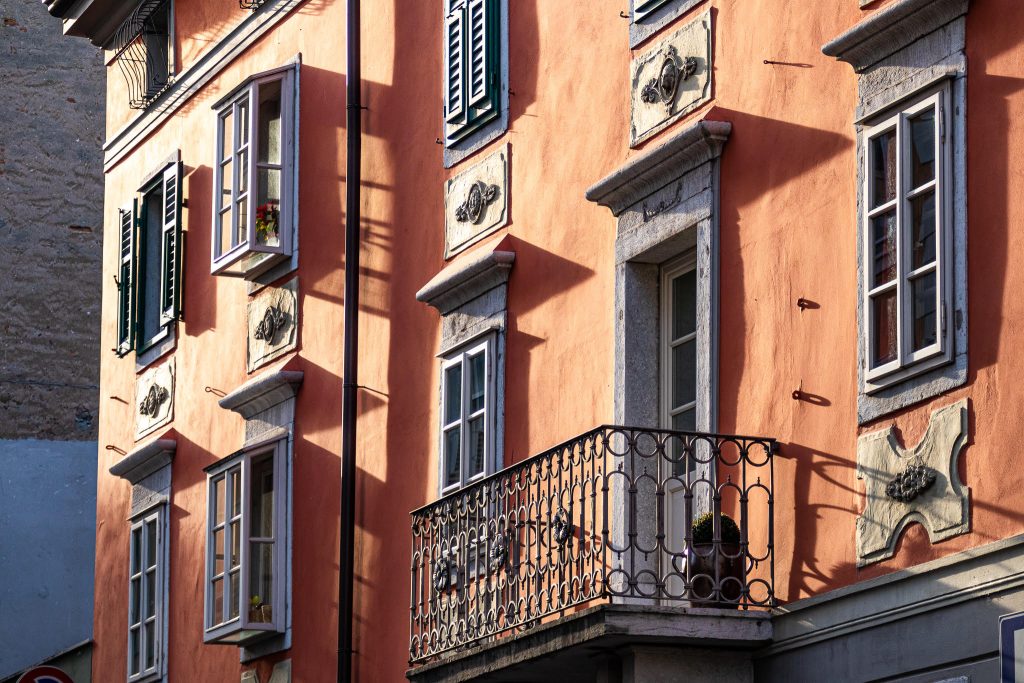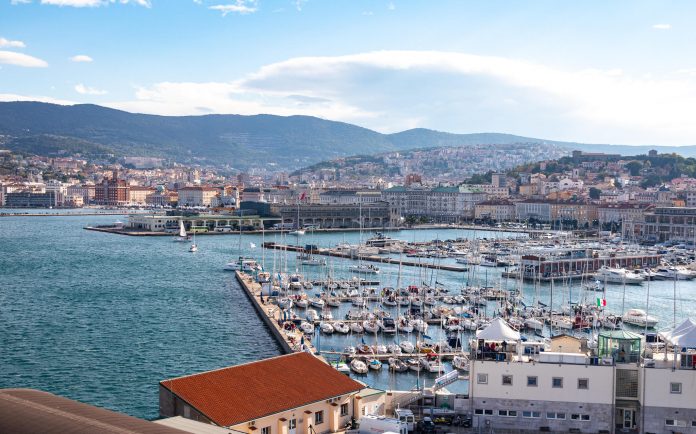words and photography: Ashley Caneva
The amount you learn about a new city depends largely on your willingness to discover it. Many times we are too busy learning the language, learning the ropes, learning new jobs, and trying to avoid cultural faux-pas that we can forget to look around and really see the many layers of history that are right in front of us.
We stop at the ATM, not realizing that we are standing where the old salt warehouse once was, conveniently near the pescheria. Now, the “newer” old pescheria on the Rive is where you may stop to take in a visiting art exhibit (thankfully without any lingering fishy smell).

We shop for shampoo in Cavana and forget that we are in the same church building that held the body of J.J. Winckelman just after his murder. In Caddy’s on the other side of the street, we may look down while perusing cleaners and spot a literal window into history just beneath our feet. We grocery shop in an old distillery. We live in apartments built into centuries-old palazzi. We walk over train tracks embedded in the pavement that once carried dignitaries, businessmen, writers, and prisoners of war.
San Giusto Hill alone has quite a history. Just recently pre-Roman archeological evidence was found, finally providing proof to support the suspicion that the Romans were not the first to settle there. Now unfortunately, those ancient remains are buried once again under parking spaces.

Even the movement of the coastline can be traced through the years. Once at the level of the Teatro Romano, the city center was expanded and the coast sat near Piazza Unità – formerly Piazza Grande) Salt pans dotted the coast at the southern end of the modern Rive. The canal was added to allow merchant ships into the heart of the city, and the Piazza Grande was later extended down to the present-day location. Blue lights now illuminate the area that was once the old port many years ago.
Through time, many things have changed, evolved, devolved, shifted in purpose, adapted, and been reborn. While beautifully evident in Trieste, isn’t that really the story in every place? Isn’t that the story of every person? Although I am the same person, my life experiences, good and bad, have changed me. Friendships, hardships, becoming a mother, battling cancer, changing fields, moving abroad. Each one has left their mark and helped me to grow. Every experience brings a degree of metamorphosis and rebirth to us all.

Some of those marks are scars, like the cannon balls that remain in the facade of San Giusto, reminding us of the battles we’ve fought. Some hits have been deep enough to expose the foundations that still stand firm beneath the many layers of sediment and experience. A bit worse for wear, yes, but also a testament to our inner strength.
I find a strange catharsis in Trieste’s many mysterious layers. Perhaps through finding beauty in the battle scars and rebirth around us, we can learn to see the same beauty in ourselves. We can appreciate the former “lives” of the buildings we frequent every day, and also learn to appreciate and embrace ourselves in all our states of beauty, brokenness, strength, and disrepair.





























